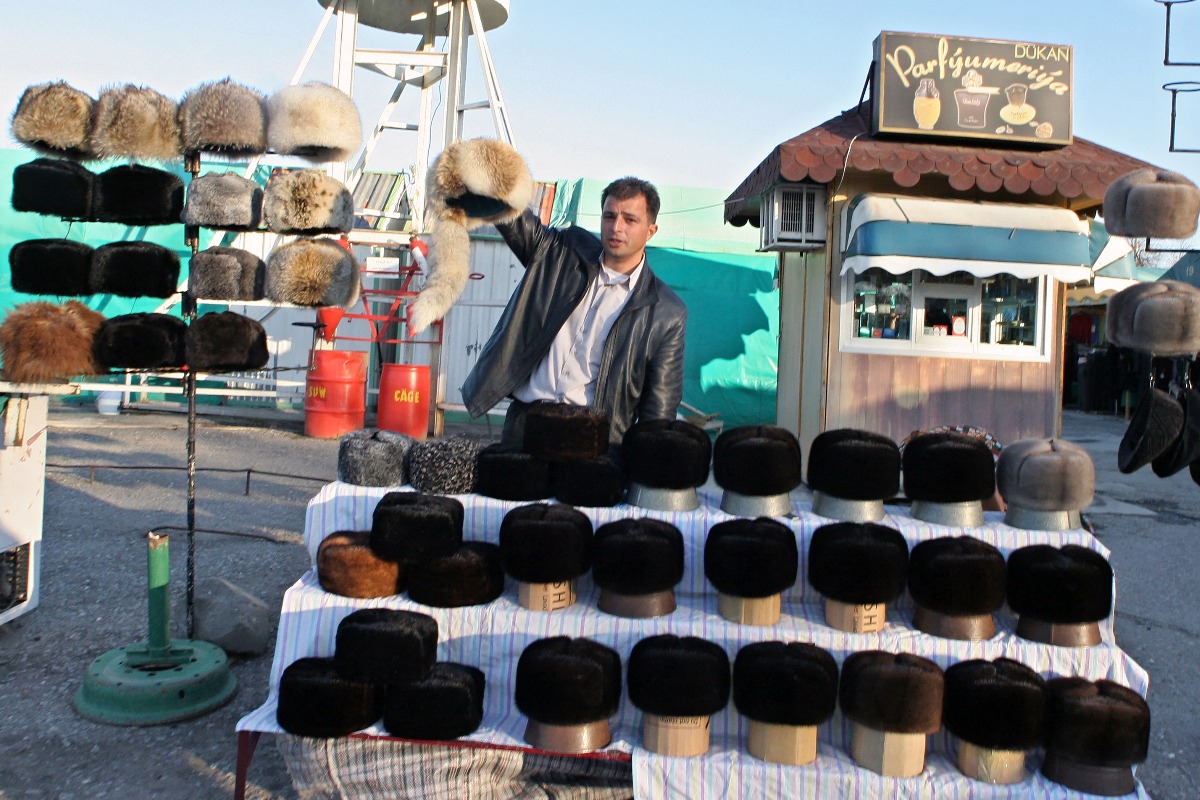Telpek
The Turkmen are most easily recognised by their large, woolly skins. The hats, usually made of black sheepskin, are shaggy and surprisingly practical. Younger people wear white telpeks, while older people wear grey or black ones. The practical advantage of traditional headgear plays a role here, as it has heat-insulating properties that are of great importance in Turkmenistan, as the country's geographic location means that temperatures are often extreme in both winter and summer.
Ak-kalpak
The ak-kalpak or kalpak takes its name from the Kyrgyz word "ak" (white) and the Turkic word "kalpak" (hat, blanket). The Kyrgyz ak hats are more than just a hat. The shape and colour of the headgear symbolise the snow-capped peaks and the vitality of the mountainous country. The ak-kalpak is the most sacred part of the Kyrgyz national costume. Many everyday expressions refer to the meaning of the headgear, for example: If you lose your ak cap, you lose your head, says a Kyrgyz proverb.
The ak-kalpak is an elongated cap sewn together from four pieces of white wool felt, the lower part of which forms a small brim.
Ak-kalpak are usually decorated with black embroidery and a matching lapel; the plain white version is reserved for certain ceremonies. According to UNESCO, there are more than 80 types of ak-kalpak.
Although Kazakhs also often wear ak-kalpaks, they also make their national hats from fur and feathers. Kazakh men wear a round, warm cap, usually decorated with mink or raccoon fur. In harsh winters they wear a tymak, a fur cap with three long sides, two of which protect the ears and a longer and wider back side protects the neck.


